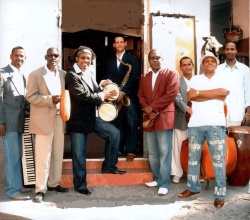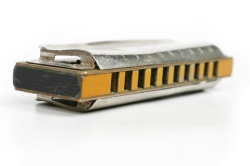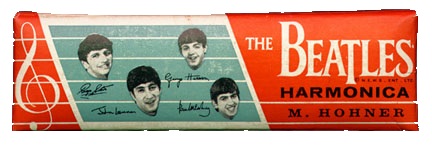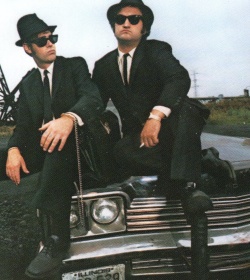Country Harmonica – First Steps
 I’m going up the country, baby do you wanna go?
I’m going up the country, baby do you wanna go?
So you’re a blues harp player and you’ve been asked to cover a country tune. Or perhaps the blues got you started on the harp, but now you want to try something different. Either way, where do you begin? You could try kicking off your shoes, rolling up your britches, wearing a big old cowpoke hat and wedging a tooth pick in your teeth. Not.
The answer is to start by mapping out the essential notes. We can look at technique and learn licks in future posts. But as a blues player, or any kind of player, the place to start is with the Country Scale. Let’s go.. Read more

 How strange the sound
How strange the sound Latin American diatonic for the uninitiated
Latin American diatonic for the uninitiated

 Our Lady of blessed acceleration don’t fail me now
Our Lady of blessed acceleration don’t fail me now